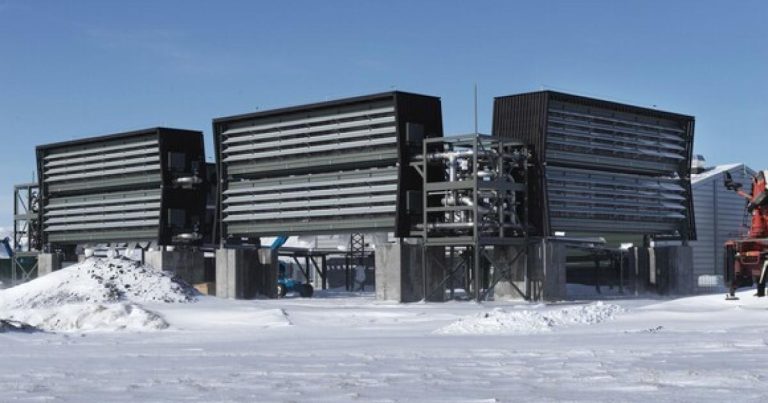The cost of direct air capture (DAC) projects needs to fall by 75 percent if nascent carbon removals technologies are to become a commercially viable climate solution, according to new research.
A study published by Boston Consulting Group (BCG) highlights the dramatic cost reductions required to enable the fledgling carbon removals sector to emerge as a “climate solution supported by market demand.”
The cost of carbon removal using DAC currently stands at between $600 and $1,000 per metric ton, according to the new analysis. But BCG contends costs would have to fall to below $200 per metric ton, and ideally closer to the current market rate of around $100 per metric ton, by midcentury if it is to scale to the levels required if the sector is to play a meaningful role in meeting global climate goals.
The cost reductions required for DAC over the next 27 years roughly equate to the reduction in solar PV costs seen over the last 40 years, the researchers note.
BCG characterized the rapid transition towards low-cost DAC projects as difficult, but not impossible. “We believe that reducing DAC costs to $150 per ton of CO2 or below is achievable, but getting there is going to be a stretch,” the report notes. “Reaching this target depends on early and dramatic progress in several areas and will require governments and other stakeholders including carbon accounting and net zero target-setting organizations to play their part.”
Insiders maintain the development of the sector is being stymied by a lack of policy support from governments, as well as limited public funding.
Advocates of carbon removal technologies maintain that there is huge potential for steep cost reductions across the nascent sector, given the potential for economies of scale, continued technology improvements, and the fact a wide range of different projects are being trialed.
But BCG’s report warned that costs will only fall to roughly $300 to $400 per metric ton without fresh incentives and policies to accelerate technology development, deploy supporting infrastructure and share knowledge across the industry and between jurisdictions.
DAC is widely expected to play a key role in delivering on global net-zero goals, given its potential to permanently remove carbon dioxide from the atmosphere while having minimal impacts on land use.
The International Energy Agency net-zero scenario calls for DAC capacity to be scaled to 60Mt annually by 2030. But in a report last year, it noted just 18 DAC plants were operating worldwide, collectively capturing 0.01Mt of carbon annually.
Today’s report stresses that the more DAC built, the cheaper it will become, noting the upfront costs of gas turbines have fallen by 15 percent each time production has doubled capacity.
However, enough DAC capacity will need to be built to remove around 1 gigaton so as to “move the technology sufficiently down the learning curve to make costs attractive,” the report states, estimating that ramping up capacity to this level will cost $200 billion.
A growing coalition of leading corporates has earmarked billions of dollars for early stage investment in a portfolio of carbon removal projects in a bid to identify those technologies best placed to scale up and reduce costs over time. But insiders maintain the development of the sector is being stymied by a lack of policy support from governments, as well as limited public funding.
Meanwhile, critics of the nascent sector continue to question its efficacy and scalability, while also warning that the emergence of carbon removal projects risks distracting from the need to cut emissions at source.

